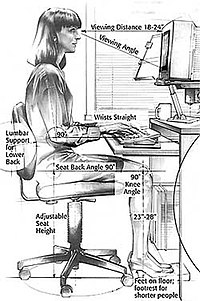All computers require either fixed or removable storage for their operating system, programs and user generated material.
Formerly the 5 1/4 inch and 3 1/2 inch floppy drive were the principal forms of removable storage for backup of user files and distribution of software.
As memory sizes increased, the capacity of the floppy did not keep pace; the Zip drive and other higher-capacity removable media were introduced but never became as prevalent as the floppy drive.
By the late 1990s the optical drive, in CD and later DVD and Blu-ray Disc, became the main method for software distribution, and writeable media provided backup and file interchange. Floppy drives have become uncommon in desktop personal computers since about 2000, and were dropped from many laptop systems even earlier. [20]
Early home computers used compact audio cassettes for file storage; these were at the time a very low cost storage solution, but were displaced by floppy disk drives when manfacturing costs dropped, by the mid 1980s.
A second generation of tape recorders was provided when Videocassette recorders were pressed into service as backup media for larger disk drives. All these systems were less reliable and slower than purpose-built magnetic tape drives. Such tape drives were uncommon in consumer-type personal computers but were a necessity in business or industrial use.
Interchange of data such as photographs from digital cameras is greatly expedited by installation of a card reader, which often is compatible with several forms of flash memory. It is usually faster and more convenient to move large amounts of data by removing the card from the mobile device, instead of communicating with the mobile device through a USB interface.
A USB flash drive today performs much of the data transfer and backup functions formerly done with floppy drives, Zip disks and other devices. Main-stream current operating systems for personal computers provide standard support for flash drives, allowing interchange even between computers using different processors and operating systems. The compact size and lack of moving parts or dirt-sensitive media, combined with low cost for high capacity, have made flash drives a popular and useful accessory for any personal computer user.



0 comments:
Post a Comment